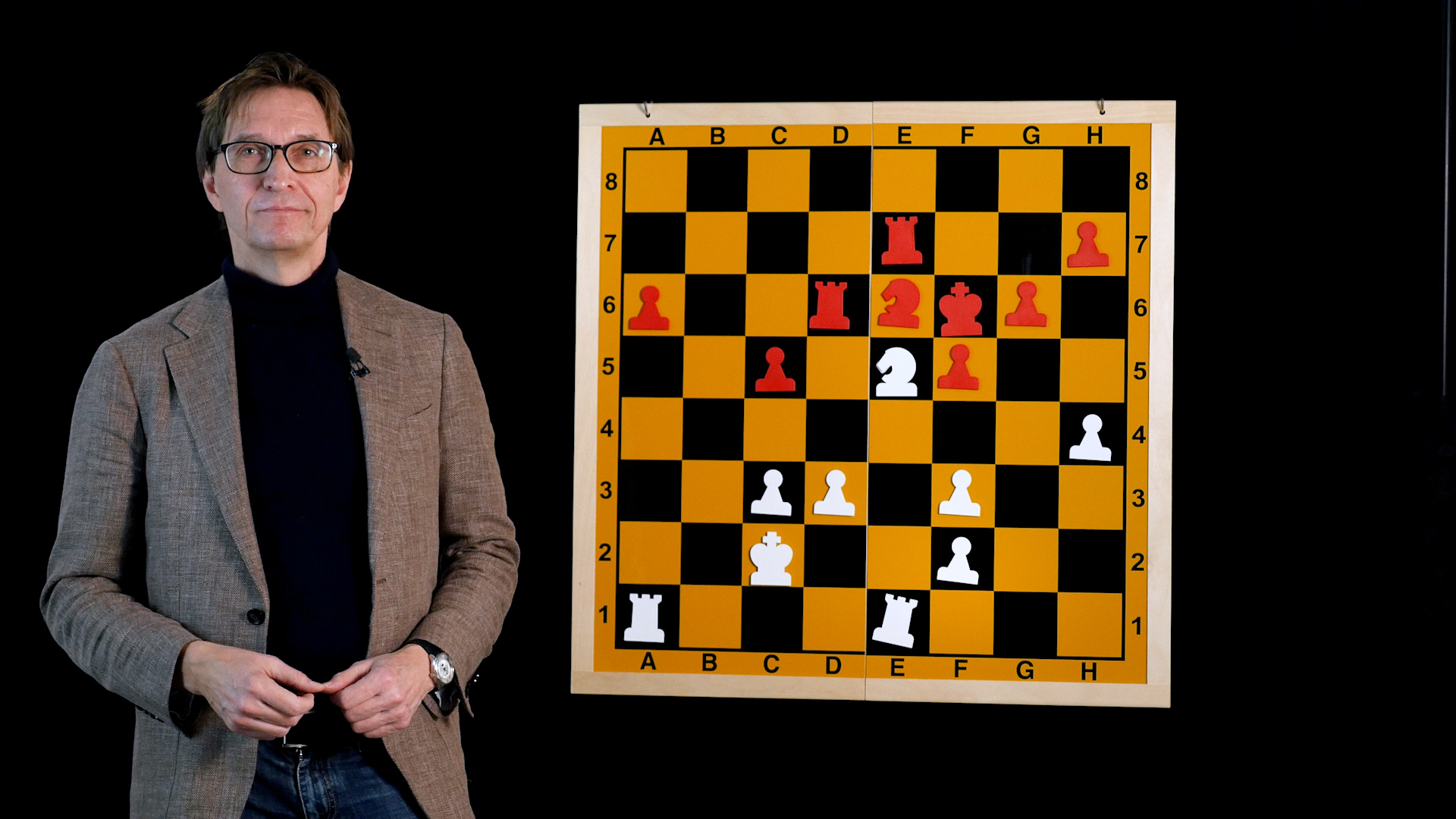The strategy model "Königsplan"
In several years of research, Grandmaster Stefan Kindermann, Professor Robert von Weizsäcker and international player Dijana Dengler have investigated the most effective strategies of the chess grandmasters. Their model The King’s Plan enables you to adopt their techniques, which have been forged in world-class chess and have stood the test of time for centuries, and make use of them both professionally and privately. What makes The King’s Plan unique is that it links a structured and rational approach with intuitive elements. Only merging a clear systematic approach with our emotional-intuitive powers enables us to think, plan and act in a masterly way. For the first time, concrete techniques are shown by which we can put this insight to practice.

Over purely rational centuries, the decisive human trump card was criminally neglected! Today we know that human intuition, long dismissed as “esotericism”, plays the absolutely central role in all our planning, decisions and also creative solutions. In truth, it is the outstanding gut feeling that makes the difference and also determines the quality of a good leader!
However, intuition is by no means infallible either. Our gut feeling has clear limitations in assessing probabilities and is subject to distortions caused by greed or fear. Only in the right combination with our ratio it unfolds its full power.
Chess masters have been developing and perfecting their use of intuition for 1500 years. They have learned to pay very close attention to their spontaneous gut feeling, to develop it systematically and to combine it with logically structured thinking. Only in this way do they succeed in making optimal decisions in an unimaginable ocean of possibilities, even under time pressure and stress.
